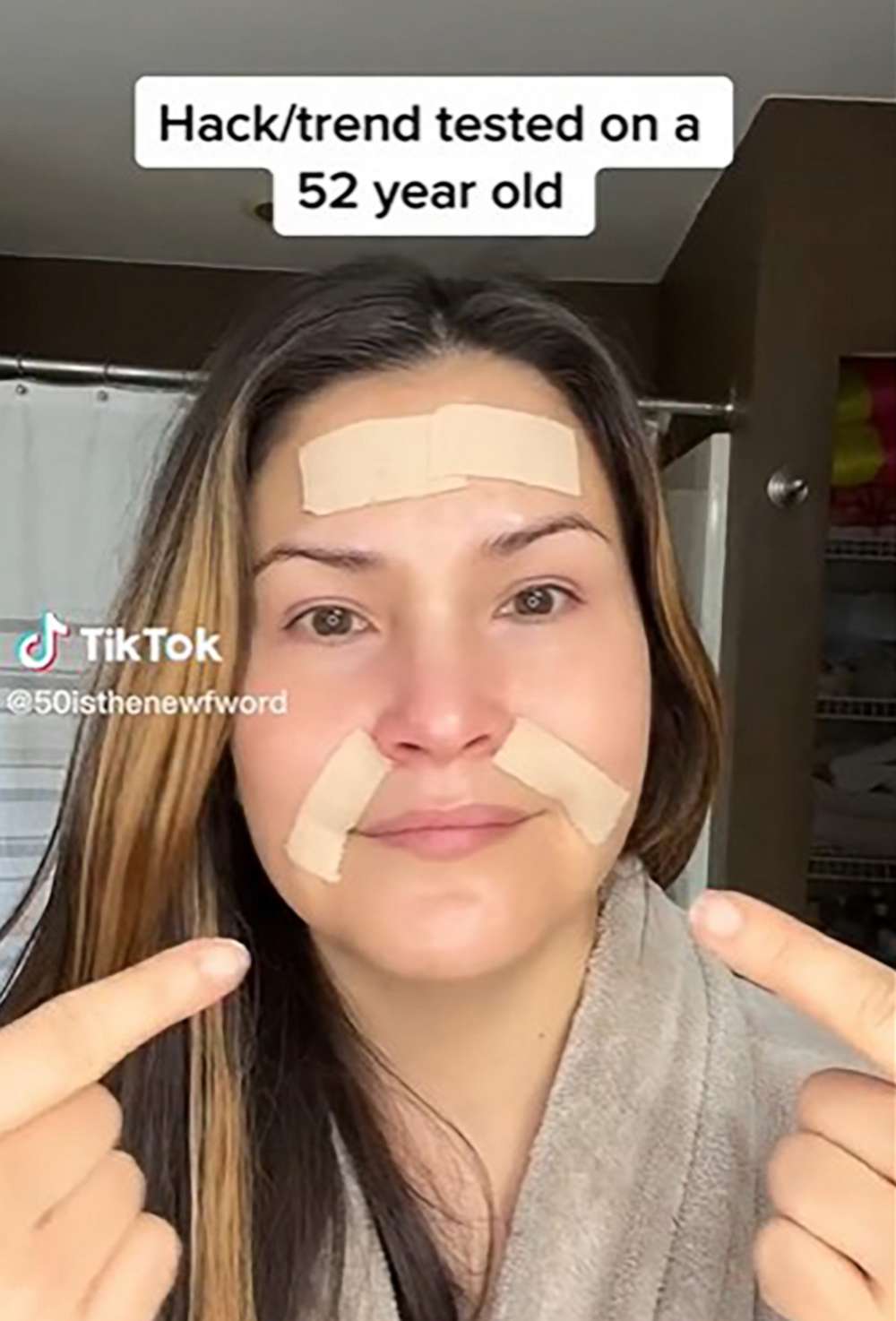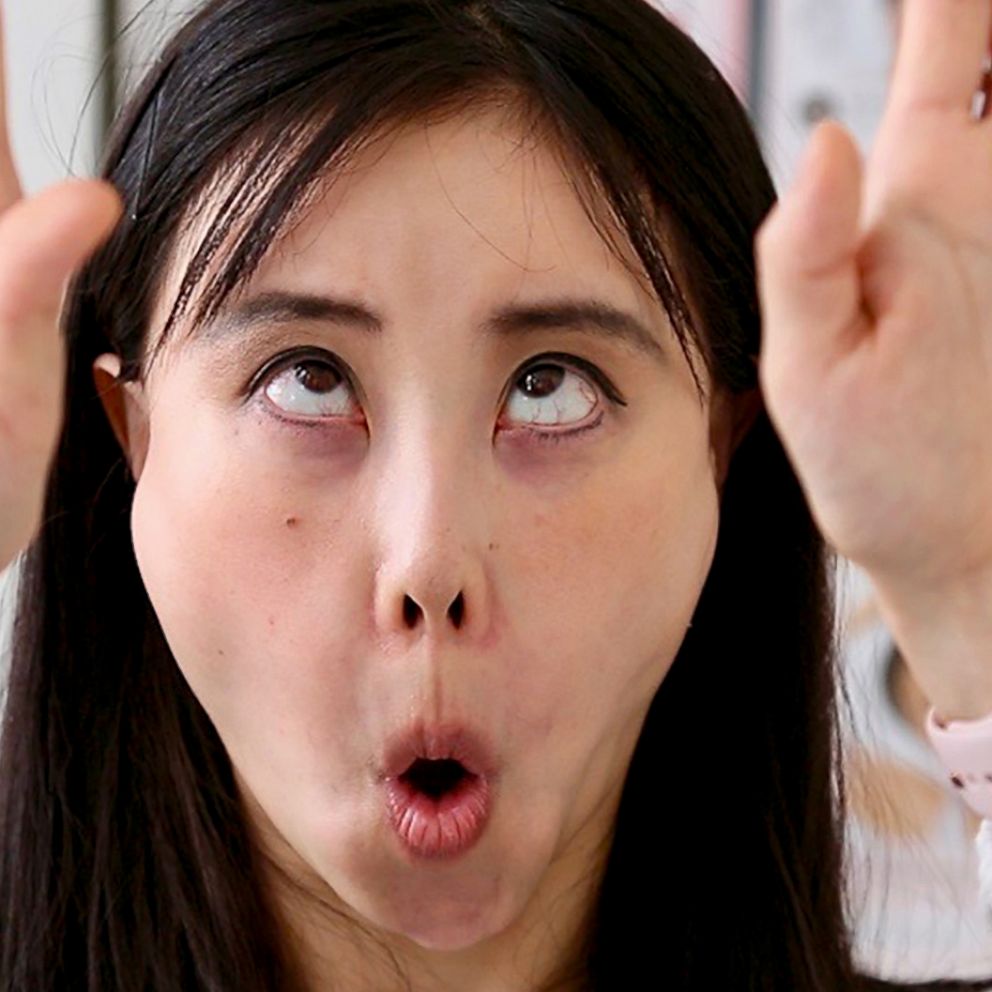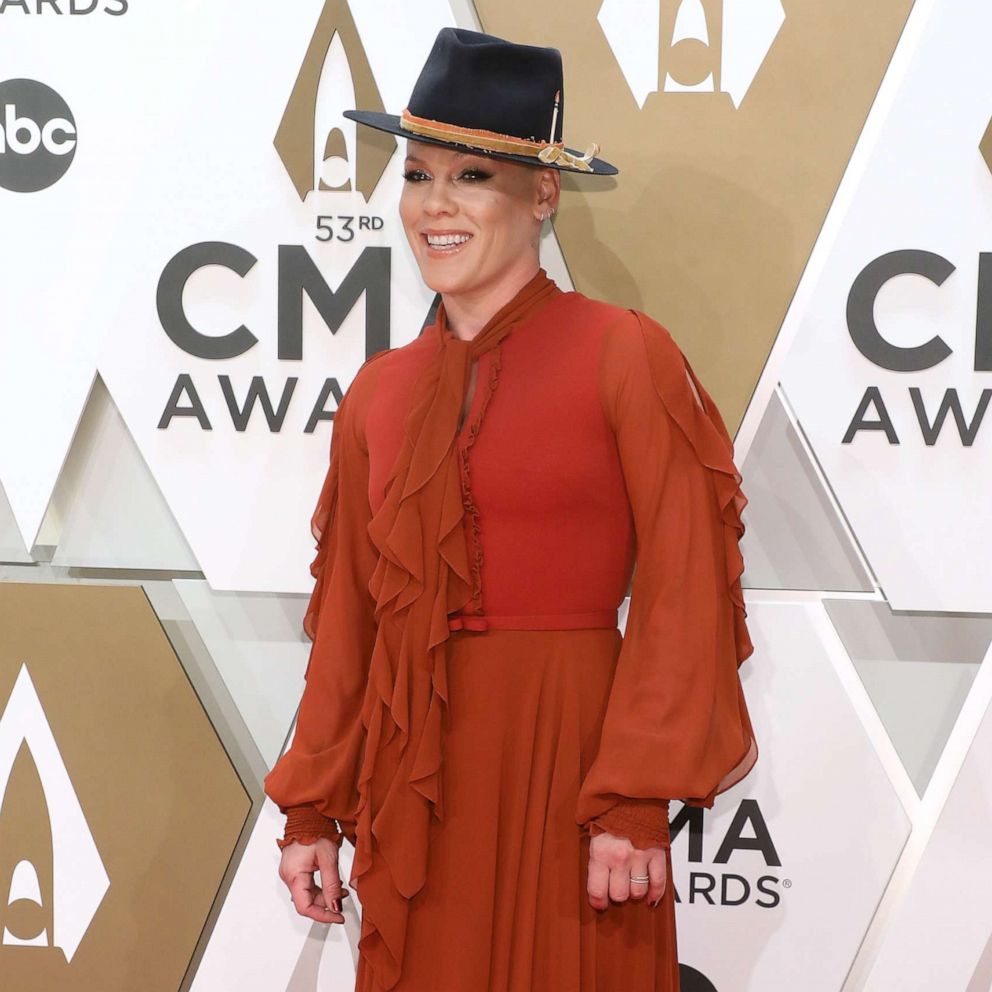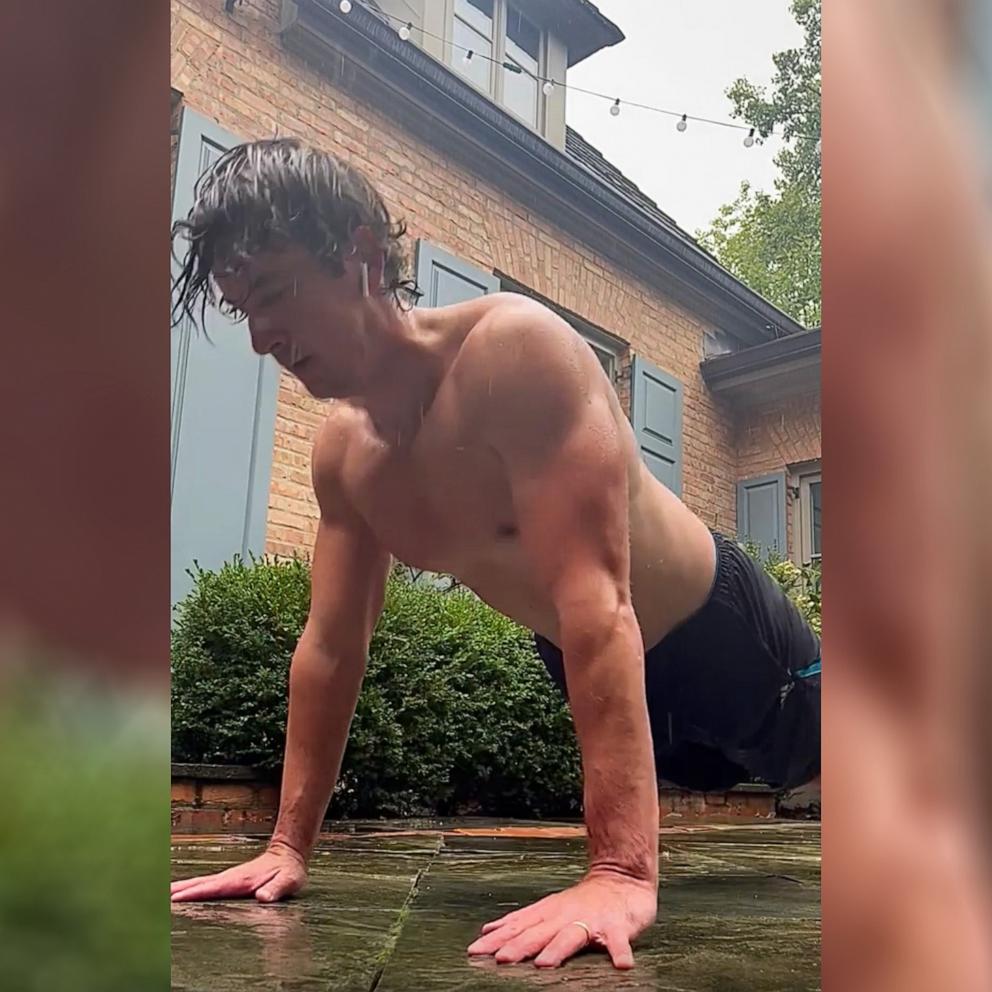Does the TikTok trend of face taping to stop wrinkles work? A doctor weighs in
Simply search the hashtag #facetaping on social media and you'll get tens of thousands of posts about this beauty trend that promises to help prevent wrinkles and smooth fine lines.
Face taping, as the trend is known, involves placing tape on the areas of the face where a person wants to reduce the appearance of wrinkles and fine lines, like the forehead and cheeks.
The type of tape people use includes everything from regular clear, sticky tape to the kinesiology tape normally used to treat injuries to newer brands of tape marketed just for face taping.

To see whether this viral trend is one that is safe to try at home, "Good Morning America" spoke with Dr. Jennifer Ashton, a board-certified OB-GYN and ABC News' chief medical correspondent.
Here are her answers on whether face taping is safe and, importantly, whether it actually works.
1. Does face taping have any real, physical benefits?
Possibly, according to Ashton, but any benefit would be temporary.
"Very superficially and very temporarily, it can smooth out those superficial wrinkles," Ashton said. "It depends on the age of the person, how much sun damage there is, how much elasticity or collagen there is in their skin, how much volume they've lost with age. All of those things can contribute to the appearance of wrinkles."
Ashton emphasized that a person's wrinkles could return within "minutes" of face taping.
"It's possible that when you remove the tape, those wrinkles can re-form in minutes to hours," she said. "So it's going to be a very transient effect."
2. Does face taping help deep wrinkles?
No, said Ashton.
"You have to ask yourself whether you're dealing with fine wrinkles and lines or deep wrinkles," Ashton said. "Taping your face at night for several hours is very unlikely to do anything significant for deeper wrinkles."
According to the Cleveland Clinic, fine lines are the first stage of wrinkles. They look like small creases on the skin and are closer to the skin's surface.
Fine lines are most likely to be in places where you make repetitive movements, like around your eyes and mouth. As a person ages, those fine lines become wrinkles.
Wrinkles, according to the Cleveland Clinic, are "deeper creases" within the skin and can form anywhere on the body, not just the face.
3. Is there a risk to trying face taping?
Ashton said the main risks associated with face typing would be a reaction to the type of tape that is used, which would vary person to person.
A person could be allergic to a specific type of tape, according to Ashton, who recommends trying a small patch of skin first.

"We see all the time allergic reactions to tape on the skin in surgery," Ashton said. "I would suggest if you're going to try this, try it on a part of your body that the whole world doesn't see in case you have an allergic reaction."
Ashton said caution also needs to be taken when a person removes tape so that it doesn't cause a burn.
"In some cases there can be tape burns," Ashton said. "You can actually remove the superficial level of the epidermis, and obviously that would be a big problem."
4. What are other options for reducing fine lines and wrinkles?
Ashton said injections like Botox and fillers performed by a certified professional are the "gold standard" when it comes to the prevention or improvement of wrinkles.
"Obviously there's cost involved and that result is also temporary," she said of injections, which can cost hundreds of dollars per session. "It's just that instead of lasting a few hours, [injections] last a couple of months -- three to four months in some cases, even six months."
The American Academy of Dermatology notes that lifestyle changes can make a difference when it comes to wrinkles and fine lines.
Among the group's recommendations are to wear sunscreen every day, moisturize the skin, avoid getting a tan from the sun or a tanning bed, testing facial products before using and using products as directed.







